I was informed by my brilliant and thoughtful cousin Bill the other day that on Jan 6-7 in Washington, DC., John Chubb, the new head of the National Association of Independent Schools is convening what he refers to as a Prominent Research Gathering, described here:
NAIS will convene leading economists and educational research professionals with a cross section of independent school thinkers on January 6-7 at the association’s DC offices to address the economics of independent schools. The group will identify market trends affecting independent schools, new business models that will drive growth, and methodologies to measure and articulate the benefits of an independent school education.
There are many reasons why this gathering is both interesting and somewhat disconcerting.
First, few of the “prominent researchers” invited have actually done much if any research pertaining to private schools generally, or NAIS and NAIS type schools specifically.
Really, only Peter Cookson has written anything of substance on private independent schools (specifically on elite boarding schools). Others have opined broadly about private schooling writ large, usually in the context of voucher models. In fact, some (if not many of these researchers often falsely project issues affecting one set of private schools onto all private schools).
In one particularly egregious example, Checker Finn recently proclaimed the impending collapse of private schooling, implying strongly that private schools invariably were in trouble and unsustainable.
What Checker Finn seems to have missed is that a) overall, private school enrollment shares in the U.S. actually aren’t declining (as evidenced by the American Community Survey), and b) that declining enrollments in private schools where they do exist appear relatively isolated among Catholic parochial schools – NOT NAIS/INDEPENDENT Schools.
Figure 1.Private Schooling as a Share of Population (by Income Group)
Figure 2.Private School Enrollments by Affiliation
But you see, unless you can create a crisis, or at least a feeling of crisis in the air, then you can’t scare enough people into rashly adopting ill-conceived policies that serve your goals (not necessarily theirs). That’s how the crisis mentality works, and that’s certainly the message of this particular group of researchers and those posing as researchers.
Note to NAIS leaders who may be graced with this message of impending doom today and tomorrow, the death of private schools is greatly exaggerated!
I might go so far as to argue that some of those on the invited panel, through their repeated claims that public schools are wasteful and inefficient, must have their budgets slashed (the “new normal”), should reduce teacher compensation and increase class sizes, use test score based models to shed “weak teachers,” have exerted strong negative influence on public school quality. Further, that the policies endorsed by many in this crowd arguably have led to decline in support for and funding of public schooling to the point where private schooling alternatives are quite likely to benefit.
Second, the common threads and policy preferences of those invited run in stark contrast with goals and preferences of private independent schooling!
Now, it may in fact be John Chubb’s point to encourage private independent schools to get on board with the current reform preferences advocated by the members of this esteemed, generally like-minded panel.
I would counter that private independent schools would be better positioned by maintaining their differentiation, and sadly, by capitalizing on the damage many of these individuals have inflicted and continue to inflict on public school systems via their disproportionate leverage with select policymakers.
What are some of the specific policy messages from this crowd?
Many of them have written repeatedly that small class size simply doesn’t matter, it’s too expensive and wasteful.
Matt Chingos called class size the “most expensive” reform, albeit never actually providing legitimate cost comparison to anything else. (in my view, when you say “most” you really have to compare to something).
Hanushek and Hoxby too have claimed on numerous occasions the inefficiency and ineffectiveness of class size reduction and lower pupil to teacher ratios. In each case, claims rest only on lack of statistical relationship to tested student outcomes (and discarding strong evidence to the contrary).
The work of these individuals has been used repeatedly to justify increases to class size in major urban districts to levels unsupported, and unsupportable by any legitimate research! (for summary of research, see: http://www.shankerinstitute.org/images/doesmoneymatter_final.pdf )
But check almost any prominent independent school web site and you’ll often see specific reference to small class size. Notably, most Harkness Tables are made to seat about 12 students.
Accepting Hanushekian and Chingosian preferences, we might just have to start making Harkness Tables to seat 30+ students. I suspect most Independent School leaders realize how utterly foolish such a move would be.
Alternatively, we might just follow Checker Finn’s adoration of the Rocketship charter school model, which instead of those cumbersome Harkness tables that actually encourage students to face one another and engage in intellectual debate, place students in cubicles with computers or tablets!
Figure 3. From Harkness to Rocketship
I suspect that’s just what every parent seeking an individualized, rich, balanced education for their child is looking for, right?
What do we know about Private Independent School pupil to teacher ratios (for lack of specific, comparable class size data)? Well, back in 2009 when I did my report dissecting the private school market place by affiliation, I found that NAIS and NIPSA schools tended to provide pupil to teacher ratios slightly greater than half that of public districts.
Figure 4. Pupil to Teacher Ratios
Now, I also suspect that independent school leaders view small class size as contributing to more than just marginal gains in measured standardized achievement scores. And that is the narrow perspective to which Chingos, Hoxby, Hanushek and others speak when they cast doubt on cost-effectiveness of class size reduction policies, based on what they characterize as weak statistical evidence and modest effects.
Small class sizes provide a unique learning environment, provide the opportunity for teachers to keep closer track of student learning, and also serve as a beneficial working condition for recruiting and retaining teachers. And small class size remains “marketable.” Prospective private school (and current public or private school) parents seem relatively unconvinced that their child would be as well off in a class of 30 with a “great” (albeit really hard to measure) teacher than in a class of 12 with an “average” teacher. Of course, private independent schools can (at least attempt to) lay claim to providing both “exceptional teachers” and small classes.
Many have argued that public school districts simply spend too much, are underproductive, inefficient and wasteful (in large part because they try to provide small class sizes).
Professor Hanushek in particular has made a fine living providing testimony that public school districts – regardless of how much money they already have or spend, simply have and spend too much. They are inefficient and wasteful and should not be provided any additional resources until we change the way the operate (Increase class size, impose merit pay, deselect bad teachers).
Such is the nature of his testimony recently provided to the Kansas courts, but thankfully the 3-judge Kansas panel wasn’t having it! Specifically, regarding Hanushek’s premise that because money is spent so inefficiently, cuts imposed could do no harm, the 3-judge panel opined:
This is simply not only a weak and factually tenuous premise, but one that seems likely to produce, if accepted, what could not be otherwise than characterized as sanctioning an unconscionable result within the context of the education system.
Now, if public districts are so woefully inefficient in their exorbitant spending, driven largely by small class sizes, I shudder to think what Hanushek would think of NAIS school spending, were he ever to take a look at it.
Private Independent DAY Schools tend to spend per pupil nearly twice as much as per pupil as local public districts in their same labor market!
Figure 5. Per Pupil Spending(1) Nationally
Figure 6. Per Pupil Spending (2) Within Metro
Many have argued that schools should rely more heavily on student assessment data to evaluate remove bad teachers (teacher deselection)
This argument is perhaps most attached to Hanushek – who crafted a nifty hypothetical simulation showing how if U.S. schools simply used value-added estimates to annually fire the bottom 5% of teachers, we could become Finland (at least in terms of test scores) in a decade! Several writers have challenged the logic of Hanushek’s assertions as well as the usefulness of this approach as an actual Human Resource Management tool. (Yes, even in private sector business)
Really, any thoughtful private school leader understands just how ill-conceived this approach is, especially when applied in the context of the typical private independent day or boarding school.
- First, I suspect many parents would be less than thrilled at the prospect of the annual – spring/fall – standardized (weeks on end) testing in every subject, every year for every student required to estimate the optimal deselection statistical model.
- Second, and this is true even in public districts, a good manager only seeks to shed his/her weakest link if he/she has some confidence that the weak link can be replaced with someone “better.”
- Third, personnel decisions are complex and involve figuring out not just what a teacher might contribute to test scores in one content area, but how that teacher contributes to the community as a whole. This is especially true of private independent schools and a seemingly foreign concept to many on this esteemed panel!
And many have argued that technology can be an efficient replacement for brick and mortar classrooms and living/breathing teachers
As mentioned above, the folks at TB Fordham Institute during the reign of Checker Finn (and likely still) certainly had a love affair with models like Rocketship Education and online learning more generally. But as per the pictures above, these models are in stark contrast with current preferences for private independent schooling, and I can’t see these approaches being in high demand among the parent population current seeking out NAIS schools. For more thorough analysis of the costs of online learning alternatives, see this report!
Of course, among the “researchers” in this mix, claims about costs and cost effectiveness of online learning range from suspect, to completely made up! Heads up to anyone attending this event, please see this completely absurd claim by Marguerite Roza regarding the supposed efficiency gains achieved by implementing “technology” solutions.
Many have in their writing advocated the virtues of vouchers
But a) the vast majority of research to which they point on this topic involves voucher models in large urban settings where most children apply the vouchers to Catholic schools, and b) these authors have never considered vouchers awarded at the levels of tuition and expenditure that exist for most NAIS schools. This is precisely the reason why most elite independent schools have not participated in voucher programs even where such opportunity exists (DC Scholarships). Voucher levels offered generally fall well below 50% of per pupil operating costs for independent schools, requiring the school to provide substantial financial aid to offset costs, thus limiting their capacity to serve voucher receiving students.
To extend Hanushek’s usual reasoning regarding public school spending, offering vouchers at the cost of private independent schooling would clearly be inefficient and wasteful. Why would anyone allocate a voucher at twice the average public district expense, simply to give kids access to small classes, which of course don’t matter?
Notably, at least some involved on this esteemed panel are prone to stretching their findings regarding the benefits of vouchers (see here, and here).
Many have found that peer effects matter!
Hanushek, Hoxby, Zimmer have each found that who you go to school with matters – that is, the composition of a student’s peer group affects how and how much each student learns.
I suspect that most private independent school leaders already get that!
To conclude
I suspect that heads of leading private schools will see that the proposals forwarded to them by this supposed esteemed research panel simply aren’t a good fit for the typical private independent school. For those seeking a new marketing niche, might I suggest my fully research-based school about which I wrote some time ago. I would strongly assert, and other prominent scholars seem to agree, that these proposals aren’t a good fit for public districts either. Nor are they representative of leading research on education, education interventions, public and private schooling productivity, cost and efficiency.
In fact, the now decades long hoisting of these strategies onto public districts may just be the best thing going for private schools. Heavy handed standardization of public schooling, over-testing, resource deprivation, and the broad political campaign to undermine the teaching profession are quickly rendering public districts both less desirable places to work, or attend, making teachers, parents and children on the margins who might not have otherwise considered private schooling give it a second look. [the one potential threat being the emergent quasi-private suburban charter school]
Additional Readings:
For a better concept of private schooling distribution, labor markets and spending behavior, I encourage reading my 2009 report (based largely on 2006-2007 data).
- Baker, B. (2009). Private schooling in the U.S.: Expenditures, supply, and policy implications. Boulder and Tempe: Education and the Public Interest Center & Education Policy Research Unit. Retrieved [date] from http://epicpolicy.org/publication/private-schooling-US
For a thorough discussion of how and why money, class size and other resources matter in education, see:
- Baker, B.D. (2012) Revisiting the Age Old Question: Does Money Matter in Education. Shanker Institute. http://www.shankerinstitute.org/images/doesmoneymatter_final.pdf
Finally, for a discussion of the lack of research, and weak assumptions behind many of the proposals advanced by these scholars (and pseudo-scholars), see:
- Baker, B.D., Welner, K.G. (2011) Productivity Research, the U.S. Department of Education, and High-Quality Evidence. Boulder, CO: National Education Policy Center. Retrieved [date] from http://nepc.colorado.edu/publication/productivity-research.
Posts in which I mention
Center on Reinventing Public Education (Robin Lake)
Response from John Chubb:
Dear Prof. Baker,
NAIS will be posting more details of the research meeting later this week. I think you will find that the meeting has a very different aim than you suggest.
The purpose of this meeting is to help NAIS develop its own robust research agenda that will best serve the interests of its members. In surveys of the top issues facing independent schools, members have asked NAIS to research financial models, new ways to demonstrate the value that independent schools add to students’ lives, and emerging issues that will inform schools’ strategic planning.
This meeting convenes researchers and thinkers who have experience in different areas (economics, education, etc.). Our intent was to bring together people whose diverse opinions and expertise could challenge NAIS as we determine which research topics will help independent schools thrive long into the future. We have been discussing what we should research, but also how we can gather the most useful information from various research projects.
For me, day one of the meeting has confirmed that brainstorming with people outside your own industry not only helps inspire new ideas, but it also helps articulate and reinforce the core values and attributes (many of which you mentioned) that matter most to members.
Sincerely,
John E. Chubb
My Reply
I appreciate your response and look forward to what comes of this meeting.
However, I would assert that the group you’ve convened is anything but diverse in terms of its views on effective and efficient resource allocation in education. Notably, few of these individuals actually work on financial models or resource allocation to begin with, but for their frequently stated views on class size, teacher compensation and overall spending, which clearly relate to resource allocation choices. Those on this panel who do focus on resource allocation more explicitly have a tendency to promote completely unfounded approaches (see: http://edr.sagepub.com/content/41/3/98.short).
Thanks again. I look forward to hearing more about the outcomes of this meeting.
Bruce
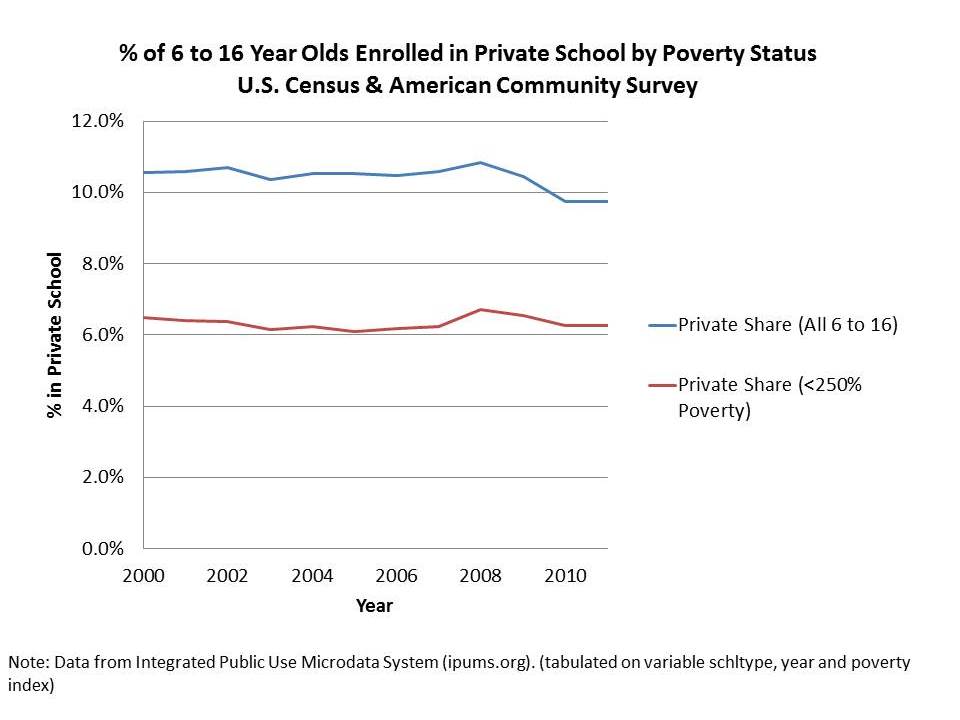
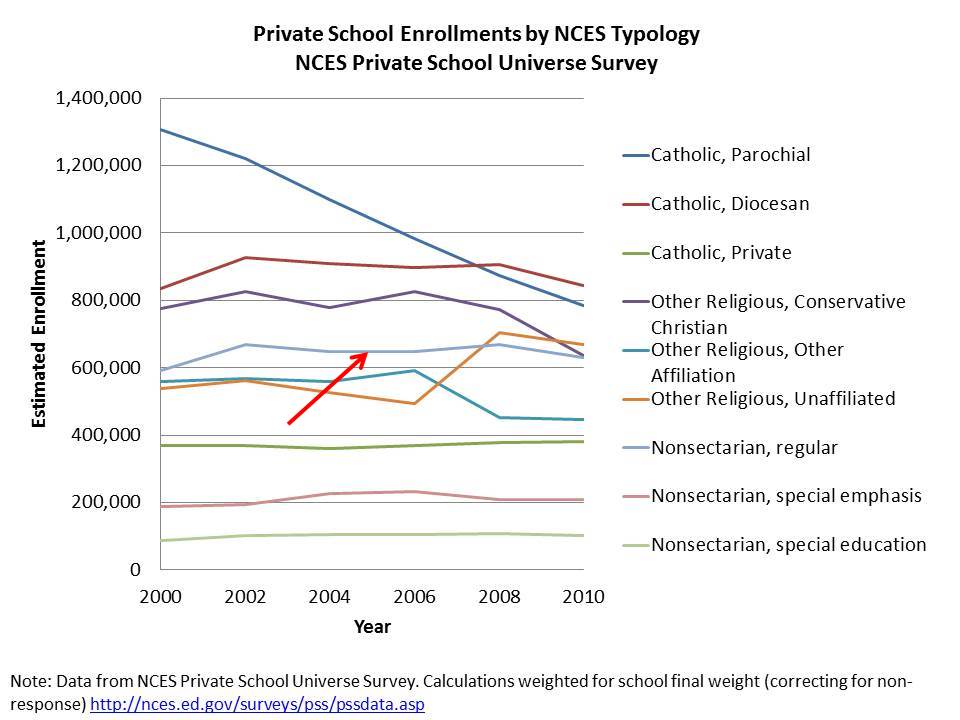
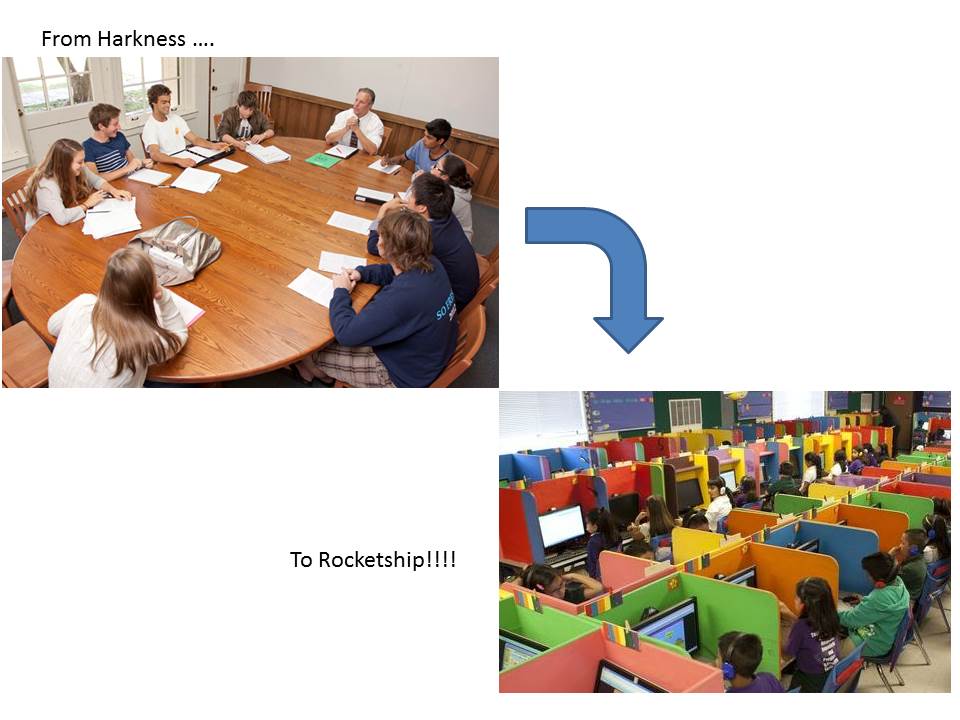
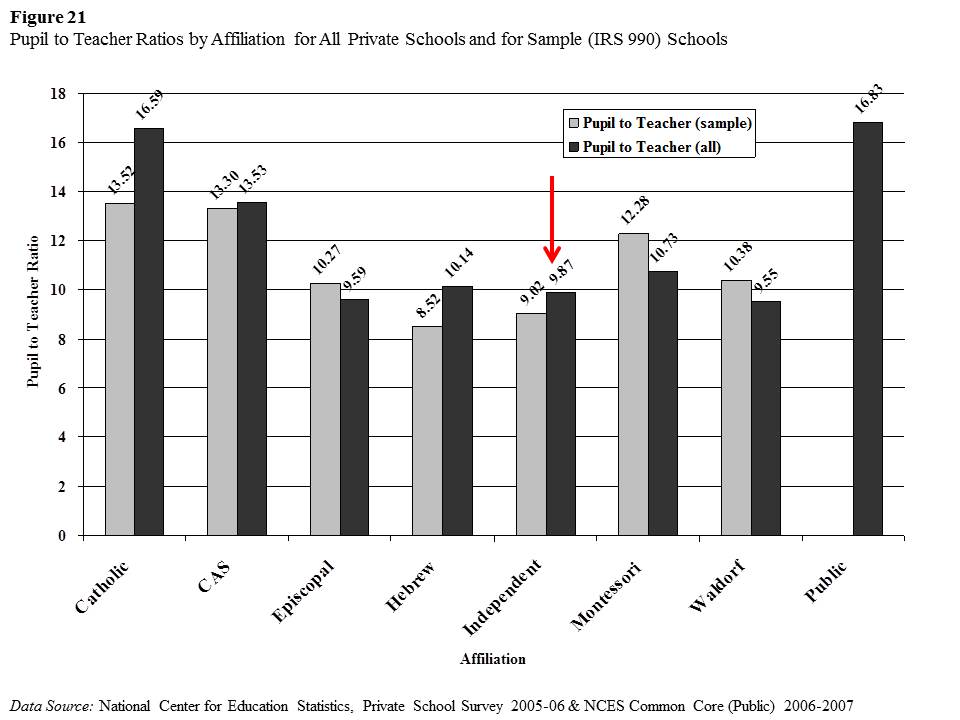
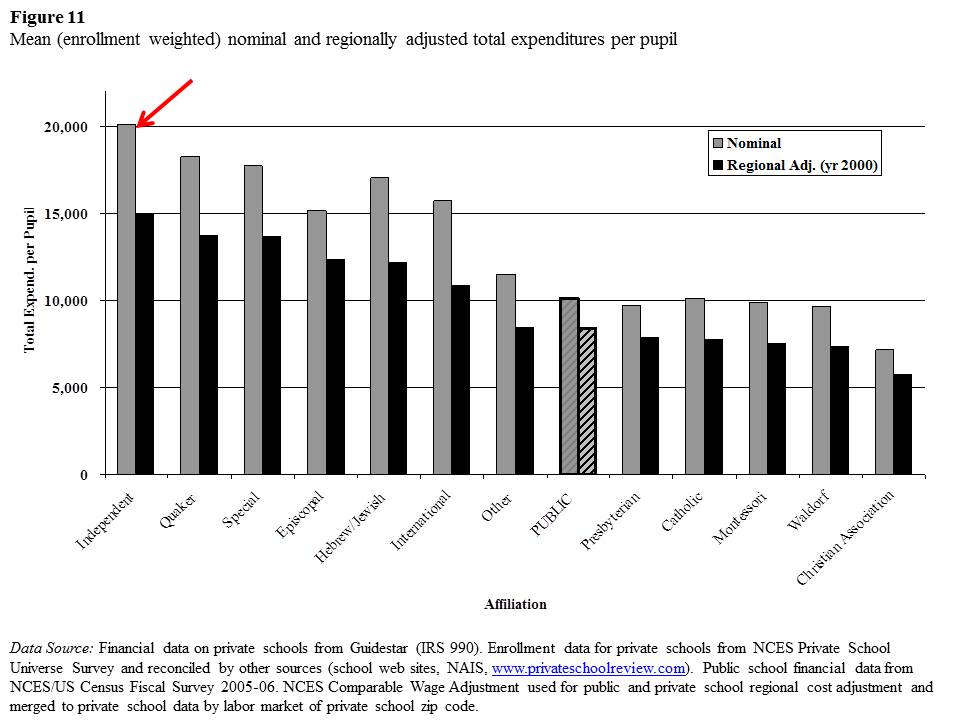
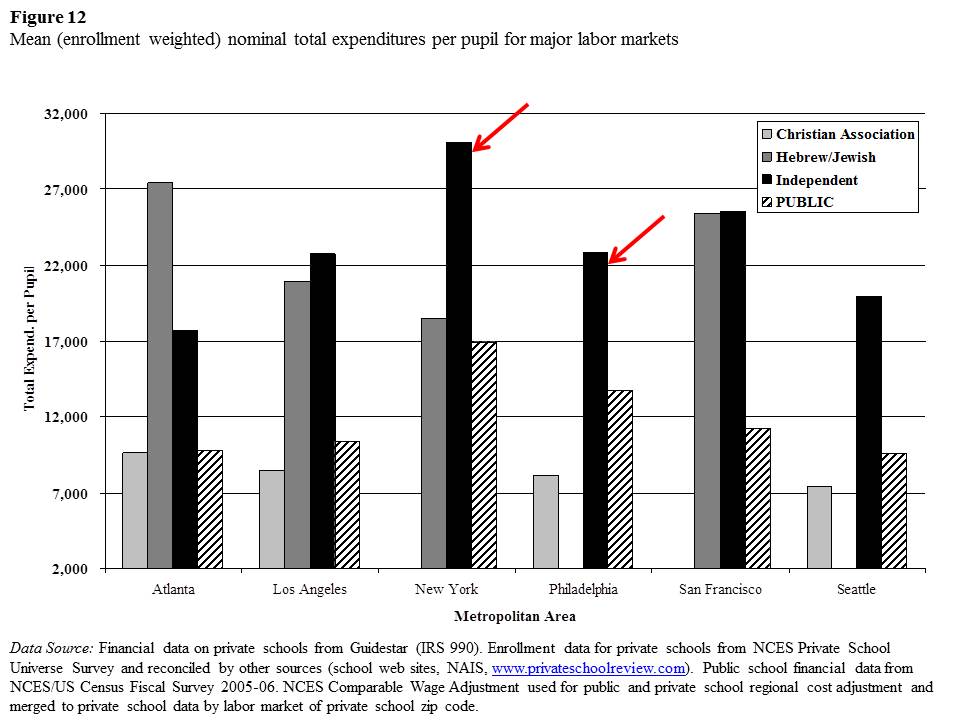
This year, the Minnesota legislature increased school funding by a pittance for 2012-2013, but provided a relatively large increase for the second year of the biennium, at least in comparison to the past decade. In our school district, after settling our labor contracts for the biennium, we were able to leave ourselves with about $100 per student available for new initiatives. We also bought an additional 15 minutes of time from our teachers, per day, which we can use as we see fit, for increased instructional time, staff development, collaboration time, and so on. We are in the process of a strategic planning effort designed to assist us in developing priorities for the next five years, and one of the issues we are facing is what to do with that $100 (as well what changes to make in the way that we spend the old money). We’ve been constantly cutting for the last two decades, so we are used to working through what must be cut, but its a relatively new experience to think about what we would do with new money.
Our student population is 50% free and reduced lunch. We have a large and growing ELL population, predominantly East African, 20 percent special ed and 30 percent minority students.
Odden and Picus argue that when school districts get new money, they don’t generally put it in places that have large positive effect sizes. What recommendations do you have for how a school district should go about putting new money in places where it has the largest positive impact?
Where new money should go depends largely on where you’re at, in terms of competitive wage distribution (salary structure, overall level), class sizes, program and intervention offerings – and targeting to specific student groups. Every case is different… but at the core it’s about maintaining a sufficient recruiting/retention advantage and providing appropriate and appropriately targeted class sizes. It may also be about expanding early childhood access, etc. But I for one don’t tend to agree with Allen and Larry’s prescriptive – one size fits all model – nor do I believe that it has sufficient validation (they make some crazy claims about their prescriptive model… and evaluate everyone else’s resource allocation practices against that model).
Dear Prof. Baker,
NAIS will be posting more details of the research meeting later this week. I think you will find that the meeting has a very different aim than you suggest.
The purpose of this meeting is to help NAIS develop its own robust research agenda that will best serve the interests of its members. In surveys of the top issues facing independent schools, members have asked NAIS to research financial models, new ways to demonstrate the value that independent schools add to students’ lives, and emerging issues that will inform schools’ strategic planning.
This meeting convenes researchers and thinkers who have experience in different areas (economics, education, etc.). Our intent was to bring together people whose diverse opinions and expertise could challenge NAIS as we determine which research topics will help independent schools thrive long into the future. We have been discussing what we should research, but also how we can gather the most useful information from various research projects.
For me, day one of the meeting has confirmed that brainstorming with people outside your own industry not only helps inspire new ideas, but it also helps articulate and reinforce the core values and attributes (many of which you mentioned) that matter most to members.
Sincerely,
John E. Chubb
I appreciate your response and look forward to what comes of this meeting.
However, I would assert that the group you’ve convened is anything but diverse in terms of its views on effective and efficient resource allocation in education. Notably, few of these individuals actually work on financial models or resource allocation to begin with, but for their frequently stated views on class size, teacher compensation and overall spending, which clearly relate to resource allocation choices. Those on this panel who do focus on resource allocation more explicitly have a tendency to promote completely unfounded approaches (see: http://edr.sagepub.com/content/41/3/98.short).
Thanks again. I look forward to hearing more about the outcomes of this meeting.
Bruce
Chester Finn went to Exeter and sent his daughter there as well; class sizes average 8-12, to fit around the Harkness table. Though now he claims that ” teachers, he believes, don’t necessarily need the Harkness table to be effective.”It’s just furniture,” he says.”Gifted teachers can teach in any format, whether it’s around a table or with desks in a row. What’s important is that the school has a terrific curriculum, dedicated teachers, high standards and plenty of motivation for kids. That showed me what a quality education can do.” http://www.exeter.edu/news_and_events/12984_4930.aspx
Of course there’s no evidence that they’d be as effective in a class of thirty or more– which he advocates for other people’s children.
Reblogged this on New Jersey Parent Advocates and commented:
Interesting view what do you think?
Of course gifted teachers can teach anywhere. They could teach without a pencil, pen, or desk. But how much more effective would they be with the right tools, equipment, supplies, and technology? Imagine what they could do with a group smaller than 30.
Which model would you choose for your children? The answer is obvious.